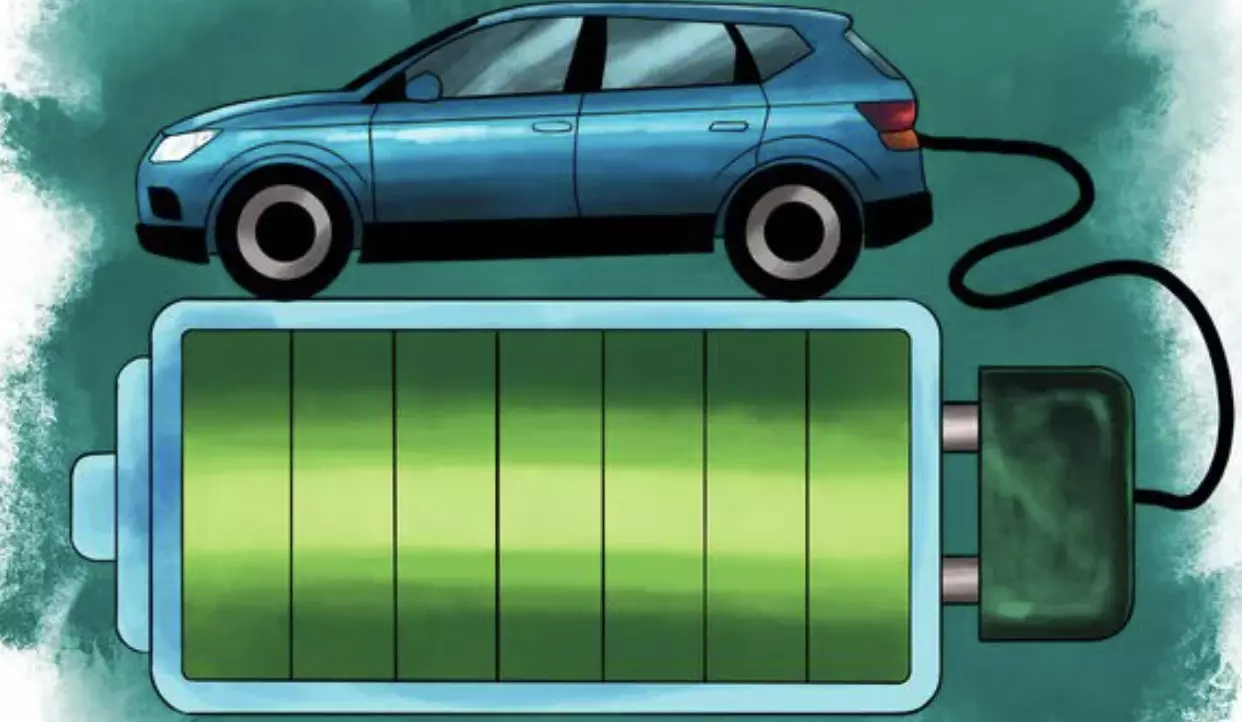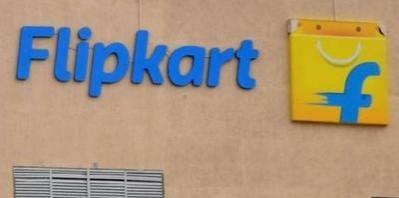
Artificial Intelligence (AI) is on the brink of bringing about significant changes in the job market, according to a report by the British Standards Institute (BSI). The report, based on a survey of 932 business leaders across India, reveals that a staggering 94% of respondents expect AI to alter office jobs, with over 83% predicting that certain roles will be replaced. This expectation is not confined to India alone, but is a global trend that is reshaping the way businesses operate and the nature of jobs in various industries. The BSI report, published on September 30, 2024, highlights the widespread optimism among Indian business leaders about the positive impact of AI tools on productivity and recognition. A significant 86% of respondents believe that companies will be at a competitive disadvantage if they do not invest in AI. This reflects the growing recognition of AI as a critical tool for businesses to stay competitive in the rapidly evolving digital economy.
Despite the potential job displacement, an overwhelming 98% of business leaders in India view AI as an opportunity rather than a risk. They expect AI to improve productivity and efficiency, with 65% anticipating its use for this purpose in the next five years. This optimistic outlook underscores the belief that AI, when harnessed effectively, can drive business growth and innovation. Theuns Kotze, Managing Director of BSI Group India, emphasizes that AI alone will not replace jobs. Instead, its combination with robotics or other technologies may lead to a significant reduction in reliance on people for repetitive, labor-intensive, and often risky tasks. He advocates for a balanced approach, suggesting that AI should be harnessed to enhance efficiency and productivity. At the same time, he underscores the importance of combining AI with human skills such as creativity, ingenuity, critical thinking, and empathy to strengthen organizational culture and foster innovation.
AI is also expected to significantly impact manual roles, with 82% of business leaders anticipating some manual roles to be replaced, likely through the integration of AI with robotics. However, certain human-centric functions like HR may see less disruption or may adopt AI in a more supportive rather than replacement capacity. Only 33% of respondents expect a major impact on HR, compared to 67% for marketing, 65% for finance, and 57% for operations. The report also highlights the use of AI tools in the recruitment process. Even now, 83% of people in India say their organization is using AI tools to support the candidate recruitment process, and a higher proportion (89%) are aware of their business using AI to support any aspect of performance management.

The findings of the BSI report echo similar trends observed globally. For instance, a survey conducted by the McKinsey Global Institute found that about 60% of all jobs could see more than 30% of their key tasks automated, affecting 400 million to 800 million jobs worldwide by 2030. However, the report also emphasized that new jobs would be created as a result of this shift, and that the challenge lies in managing the transition. The advent of AI is set to bring about significant changes in the job market. While it may lead to job displacement in certain roles, it also presents opportunities for increased productivity, efficiency, and innovation. The challenge for businesses and policymakers lies in effectively managing this transition, ensuring that workers are equipped with the necessary skills to thrive in the AI-driven economy, and that the benefits of AI are equitably distributed. The future of work is here, and it is intertwined with the future of AI.





 Vintage Coffee Private Limited, a Wholly Owned Subsidiary (WOS) of Vintage Coffee And Beverages Limited (a BSE-listed company), announced a significant strategic milestone with the opening of its first Premium Café Lounge in Navi Mumbai and the launch of its new e-commerce platform. This move marked the company’s expansion into the Indian market and signified a transition from traditional B2B operations to direct consumer engagement.
Vintage Coffee Private Limited, a Wholly Owned Subsidiary (WOS) of Vintage Coffee And Beverages Limited (a BSE-listed company), announced a significant strategic milestone with the opening of its first Premium Café Lounge in Navi Mumbai and the launch of its new e-commerce platform. This move marked the company’s expansion into the Indian market and signified a transition from traditional B2B operations to direct consumer engagement.




